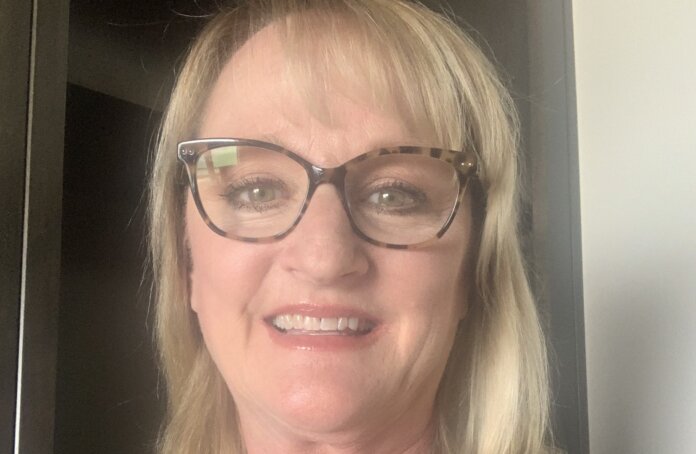BLOG VIEW: Mortgage servicers are under ever increasing regulatory scrutiny. Regulatory bodies, including the Consumer Financial Protection Bureau (CFPB), are now more focused on the crucial aspects of servicing operations during their examinations.
A regulator’s role is to ensure compliance with laws, protect consumers, and promote fair lending practices. Specific areas of scrutiny include loan modifications, foreclosure processes, complaint handling, billing, and adherence to consumer protection laws.
The intensified scrutiny is driven by a desire to enhance transparency, address past misconduct, and prevent financial fraud.
Regulators strive to promote accountability and responsible lending by evaluating servicers’ practices and policies. The increased attention from regulatory bodies is intended to safeguard borrowers’ interests and maintain the integrity of the lending industry.
What follows are some of the critical “danger zones” mortgage servicers must be aware of when navigating this new regulatory environment:
Loss Mitigation: Exhaust All Options Before Foreclosure
Before continuing with foreclosure, the CFPB, as well as other investor and regulatory bodies, advise servicers that they should offer every possible solution to borrowers in distress. Moving into foreclosure without exhausting all the available options will not be viewed favorably by the regulators.
Servicers will need to make changes in technology to modify and/or add new waterfalls to the current business workflows. New operational processes and audit procedures must be implemented and strictly adhered to. Regular staff reviews will be required to ensure ongoing compliance. In addition, a new rigor in documentation and borrower communications may be required, as well as possibly revisions to existing documentation and communications.
Notify Borrowers About State Homeowner Assistance Funds
Mortgage servicers must notify borrowers about the availability of state homeowner assistance funds authorized by the American Rescue Plan. Each state, territory, and tribe has its own fund with different procedures for borrowers and servicers to access it. The onus is on the servicers to know the types of funds available, and the procedure involved in availing the same.
Servicers must know each state, territory, and tribe’s procedures for claiming funds. Servicers face the challenge of receiving, holding, applying, and monitoring these funds on behalf of the borrower and the issuing entity. An audit procedure for monitoring these funds will need to be implemented. A new procedure or the modification of a current procedure for applying for the funds will need to be completed. In addition, automated payment application software/systems may need to be created/modified.
Justify Fees Charged
The CFPB is focusing on junk fees, including excessive late fees, fees for unnecessary property inspections, erroneous private mortgage insurance charges, and refusal to waive late fees for properties that entered into forbearance under the CARES Act. The FHA and Fannie Mae are also honing in on attorney’s fees for partial claims and foreclosures. As such, servicers will need to make extra efforts in justifying their fees.
The tracking of fees has traditionally been an automated practice managed by the system of record. Changes or updates will need to be made to the servicing system of record to charge and monitor the fees’ correctness accurately. Those servicers manually inputting fees will need to invest in robust processes to ensure accurate application of the fees. Additionally, a rigorous audit process must be in place and performed regularly.
Force-Placed Flood Insurance
Force-placed flood insurance has been on the radar for the Office of the Comptroller of the Currency and other regulators. Servicers and their core vendors are still challenged to get this right, as the two most common issues are miscalculations in required coverage amounts and missed processing timelines.
Servicers will need to invest in the processes involved and insure the processes in place, whether automated or manual, ensure their compliance. The process to notify a borrower of Forced Place Insurance has been automated by some servicers. Other servicers are tracking this requirement and the actual placement of the insurance manually. If a servicer is performing this activity manually, the notification and insurance placement tracking must be monitored daily. In addition, servicers need to continuously educate staff, notify their technology partners of the appropriate calculations of value, and make the necessary changes quickly.
Servicers will continue to face increased scrutiny from regulatory agencies, especially the Consumer Financial Protection Bureau (CFPB). The level of scrutiny is expected to intensify in the future and may extend to encompass non-bank servicers and the banking industry as a whole. Servicers must be aware of these “danger zone” concerns and address them proactively to ensure regulatory compliance and risk mitigation.
These concerns could arise from various aspects of their operations, such as consumer protection, fair lending practices, debt collection, or other areas subject to regulatory oversight.
It is crucial for servicers to proactively identify and address these concerns to ensure they comply with applicable regulations and mitigate any associated risks. By being aware of the increased scrutiny and potential regulatory challenges, servicers can take pre-emptive measures to avoid non-compliance, penalties, and reputational damage. This may involve implementing robust compliance programs, enhancing internal controls, monitoring regulatory developments, and staying updated on evolving industry standards.
Taking a proactive approach toward regulatory compliance and risk mitigation will help servicers maintain their reputation, build consumer trust, and navigate the complex regulatory landscape effectively.
Margaret Belton has more than 30 years of experience managing operational, technology and financial restructures and projects. She is an accomplished operations change agent and leader. As SVP, strategic partnerships at PrivoCorp, she engages with clients to ensure that they are able to maximize their efficiency, improve processes and meet compliance norms.











